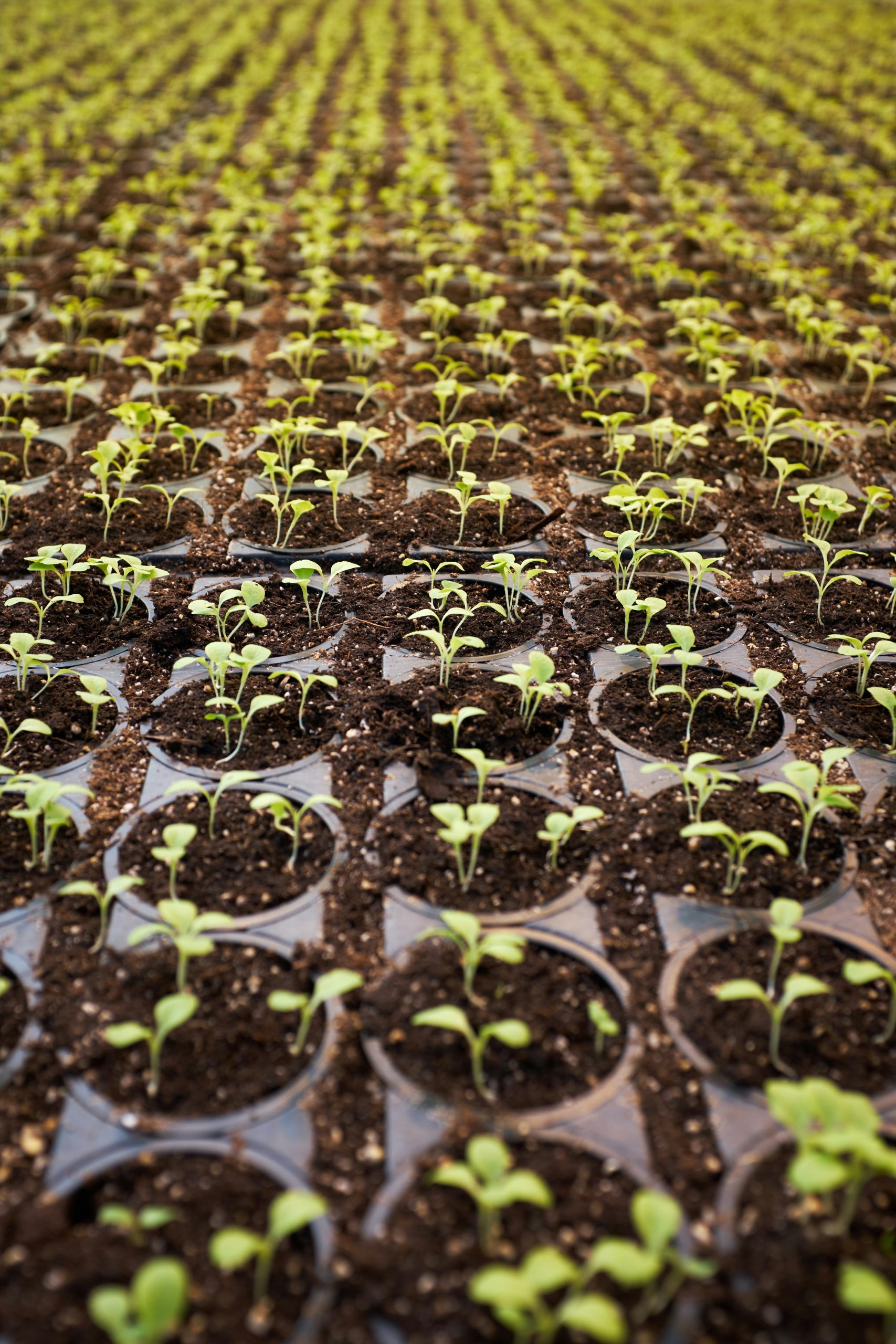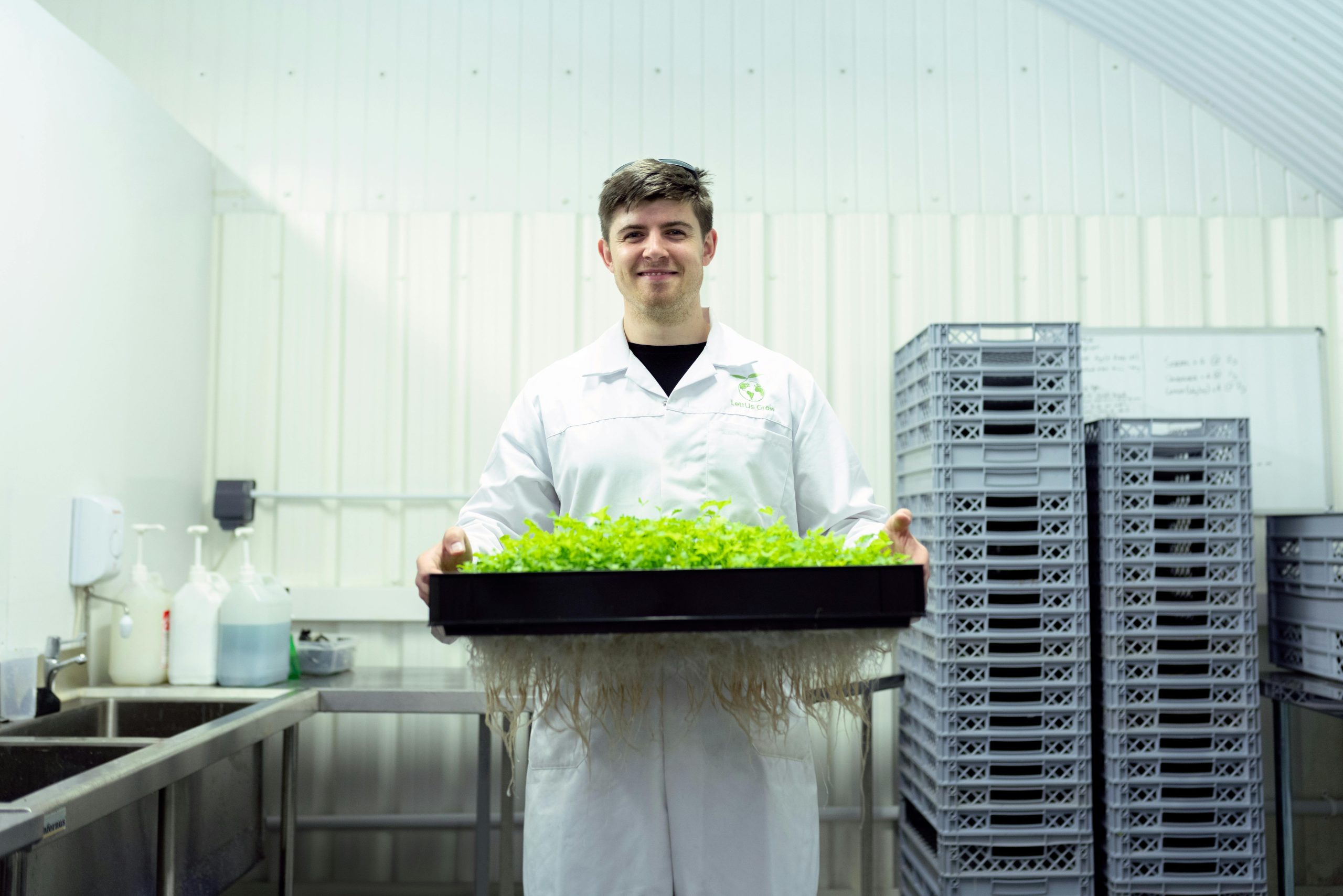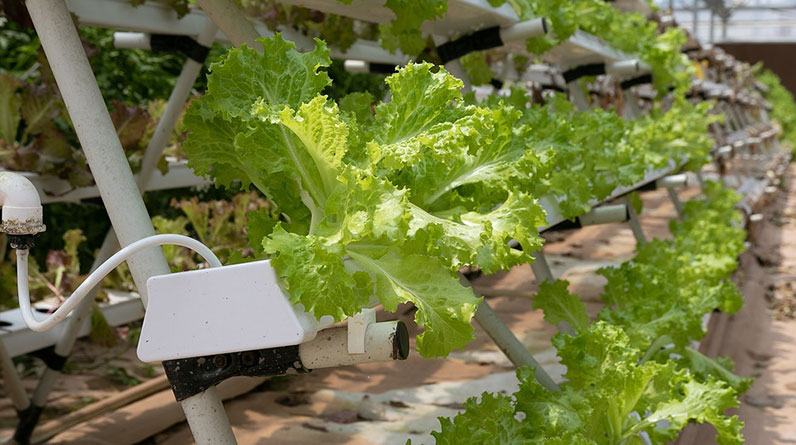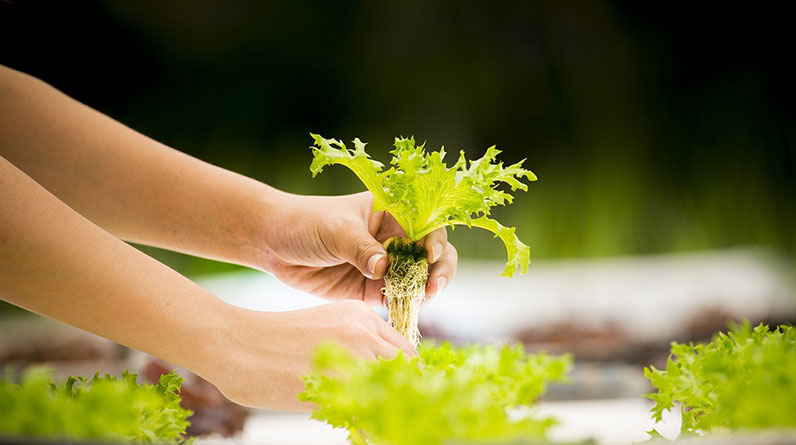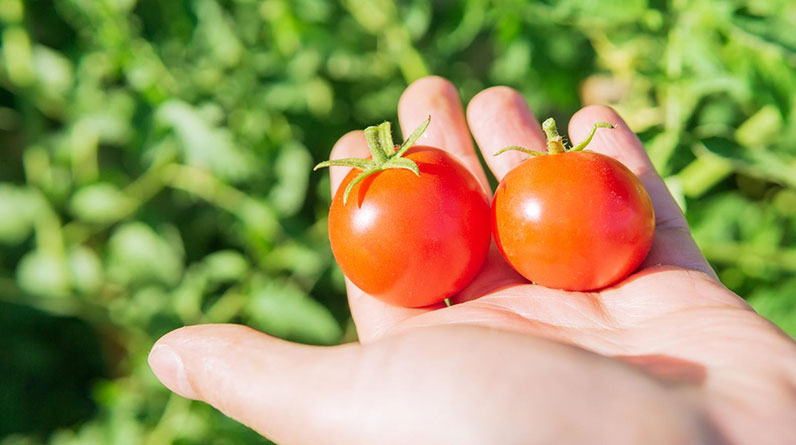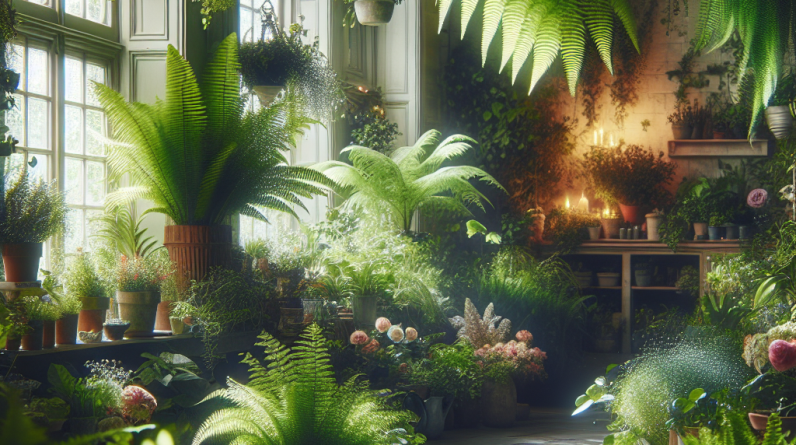
Understanding the Space
Evaluate Your Room’s Lighting
Before getting lost in the world of plants, the first thing I always do is check the lighting in the room. Some of my favorite plants thrive in bright, indirect light, while others prefer the low-key vibe of a shadowy corner. Look at how natural light enters your space throughout the day. Is it bright and airy, or more of a cozy cave? That’ll steer your plant choices.
Taking note of your sunlight situation will save you a lot of headaches down the road. Trust me, I’ve learned the hard way after losing a few poor plants due to my neglect of their light needs. Keep in mind you can always rotate plants, but they need to get that perfect light for optimum growth.
Once you have a grasp of your lighting conditions, you can curate your plant list! You might be surprised at how many plants can thrive in spaces where you think they wouldn’t. The choices are endless, just be mindful of your little green friends’ preferences.
Assess the Room’s Temperature and Humidity
Next up is temperature and humidity. Most houseplants thrive in temperatures between 65°F to 75°F—your standard living room fare. If your space tends to be on the colder side or, conversely, a bit too steamy, certain plants may struggle to feel at home.
As for humidity, many common indoor plants—like ferns and calatheas—absolutely adore high humidity. If your room is as dry as a desert, consider misting them or investing in a small humidifier. I know, it might sound extra, but when your plants are happy, you’ll be happy!
Taking these factors into account shapes your indoor garden’s environment, helping you avoid any wannabe plant parent pitfalls. You want to create a comfy space not just for you, but for your plants too!
Identify the Available Space
So, how much space are you working with? I like to take a stroll around and imagine where those little beauties could live. Are you going for table-top arrangements, wall planters, or a full-blown jungle vibe on the floor? Charting out the available space ensures you don’t overdo it and wind up bumping into your leafy buddies every time you walk by!
Sometimes, I like to use wall-shelves or corner stands, which makes a huge difference in how plants look and feel in the room. Getting creative with vertical space opens up so many possibilities—more plants, less clutter!
It’s a true joy to see the layout come together while considering your lifestyle. Finding the right spacing lets your plants breathe and flourish and allows you to enjoy your indoor garden fully!
Choosing the Right Plants
Low-Maintenance Plants
If you’re just starting your journey, I totally recommend low-maintenance plants. Think pothos, snake plants, and ZZ plants. These little guys are forgiving and resilient, perfect for those of us who might forget to water every now and then. Trust me, your future self will thank you!
I remember getting my first snake plant; it made me feel like a total plant-parent whiz! They’re nearly indestructible. I just give them a little love, some water every few weeks, and they thrive. Plus, their sleek, architectural look adds a modern flair to any room.
Finding low-maintenance options ensures that you always have something green around without the stress. They can withstand a bit of neglect, which makes them a fabulous choice for busy lives!
Flowering Plants for Color
Feeling adventurous? Flowering plants such as peace lilies or African violets can add lovely pops of color to your indoor garden! I love how they bring life and vibrancy into the space, making each corner feel uniquely inviting.
These plants are not just stunning but can also help improve air quality, so it’s a win-win situation. When selecting flowering plants, be mindful of their light and water requirements. Trust me; a well-placed blooming plant can elevate your room’s vibe in a heartbeat!
As you cultivate your little sanctuary, closing your eyes and imagining those colors blossoming can fuel your creative spirit. It’s all about how they can transform your environment into something special!
Creating a Theme with Plants
Another fun aspect of choosing plants is how you can create a theme. Whether it’s a tropical oasis or a desert retreat, there are endless possibilities! I once went for a botanical jungle theme, and honestly, it brightened my mood every single day.
Consider grouping plants that thrive together based on light and humidity requirements as a design strategy. For example, tropical plants like ferns and philodendrons love moisture, so placing them near a humidifier or misting station can amplify their growth.
Creating a theme will guide your design choices and help you stay organized in your plant selection process. Plus, it turns your indoor garden into a cohesive composition that reflects your personality!
Designing Your Garden Space
Effective Use of Planters
Let’s talk planters! Choosing the right pots not only highlights your plants but also suits their needs. Standard terracotta pots are super breathable and great for most plants, while glazed ceramic pots can add a stylish touch.
Be sure to select pots with drainage holes. I’ve learned that plants really don’t enjoy sitting in water—yikes! A good pot ensures they have proper drainage and allows them to thrive without fear of overwatering.
Don’t be afraid to get creative with your plant displays! Hanging planters or decorative stands can make your garden space an absolute showstopper. Trust me; mixing and matching creates that eye-catching vibe that everyone will love!
Arranging Plants for Aesthetic Appeal
How you arrange your plants can drastically change the feeling of your room. I like to cluster taller plants behind shorter ones for depth—this creates a layered look that draws the eye and makes the space pop!
Group plants with similar watering needs together to make your life easier. You’ll find that arranging plants by size and texture plays a big role in producing that lush, vibrant feel. Be sure to play around with different configurations until you find what feels just right for you!
Your arrangement should suit not just aesthetics but also practical care. Positioning plants where they’re easy to reach makes watering and maintenance super simple, so you’ll gravitate to the areas you’ve created!
Creating Cozy Corners
Speaking of arrangements, creating cozy corners in your home is a fantastic way to make your indoor garden feel inviting. Add a comfy chair and a side table with a cute plant for a perfect reading nook. Trust me, there’s nothing better than sipping tea surrounded by greenery!
Consider creating a little retreat where you can unwind and enjoy your plants. I often find myself curled up with my books and a view of my thriving green buddies. It truly enhances relaxation—it’s like having a mini escape right at home.
Creating these small sanctuaries in your rooms emphasizes comfort and peace while showcasing your botanical flair. Plus, it’s a great conversation starter!
Maintaining Your Indoor Garden
Regular Care Routines
So, we’ve set things up beautifully, but how do we keep them flourishing? Establishing regular care routines is essential. Watering schedules, checking for pests, and providing nutrients can become part of your personal ritual.
I often set a reminder on my phone to check in on my plants every week. They become a delightful excuse to pause and connect with nature, even when life gets hectic. Even a quick glance while making coffee can turn into a moment to appreciate your hard work!
As you develop these care habits, your connection to your indoor garden will deepen. It becomes a living entity in your life, deserving attention and love.
Identifying and Resolving Issues
Sometimes, plants scream for help in their own way. Yellowing leaves? Maybe it’s a sign of overwatering. The last thing you want is to panic, so staying observant is key. I’ve had my share of mishaps, but learning how to take action becomes part of the journey.
Don’t hesitate to research or ask your local plant shop for advice if you notice something off. There’s a vast community of plant lovers who share tips and tricks on how to rescue struggling plants, and it’s super rewarding to see them bounce back!
Every plant tells a story about its care, so embrace any challenges that arise as an opportunity to learn. You’re building expertise along the way and becoming a skilled plant parent!
Planning for Seasonal Changes
As seasons shift, so do the needs of your plants. Knowing how to adjust care based on seasonal changes can make all the difference. During winter months, for example, most plants need less water since their growth slows down. Trust me; I’ve learned this lesson the hard way, and I don’t want you to face the same fate!
Also, consider bringing outdoor plants inside if you have some that need a winter retreat. This seasonal flow keeps your plant game strong year-round. Think of it like your very own plant rehabilitation center!
Understanding seasonal rhythms not only helps keep your plants healthy but also nurtures your connection with each green friend. It reminds you to be present in your gardening journey.
FAQ
1. How do I choose the right plants for my indoor garden?
Start by evaluating your room’s lighting, temperature, and humidity. Then, consider your maintenance preferences. Low-maintenance plants are great for beginners, while specific flowering or themed plants can add character.
2. Can I grow plants if I have low light in my space?
Absolutely! There are many plants that thrive in low-light conditions, such as snake plants and pothos. Choose wisely based on your lighting situation, and you can definitely still create a lovely greenery vibe!
3. How important is plant arrangement in my garden space?
Very important! Arranging plants effectively adds depth and visual interest to your space. Grouping plants together based on size and care needs makes it easier to maintain and enhances your indoor garden’s appeal!
4. How do I know when to water my plants?
Each plant has its own needs, but a general rule of thumb is to check the topsoil. If it feels dry an inch down, it’s likely time for a drink. Always remember—better to underwater than overwater!
5. What should I do if my plant is not doing well?
Start by diagnosing the issue. Look for signs like yellowing leaves or wilting. Adjust light, water, or even move them to a better spot. Don’t hesitate to consult resources or communities for troubleshooting tips!




